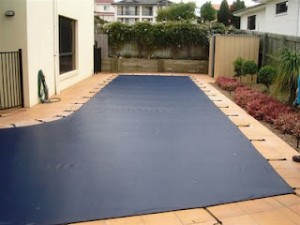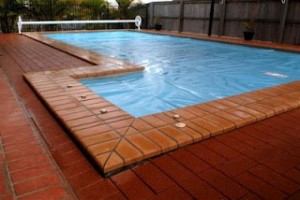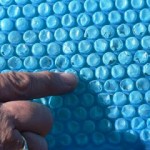Unless you’re talking about being environmentally friendly, its never a good thing to have a ‘green’ pool.
We’ve had a beautiful few sunny days here in Queensland – many of us were peeling back the pool covers over the weekend, ready to take the plunge. Unfortunately for some though, the last couple of months of neglect meant that they uncovered pools which were less than in tip top shape.
If you have a solar pool blanket and rolled it off over the weekend to reveal less than crystal clear swimming conditions, don’t panic – if its only just happened, it shouldnt take too much to get it back under control. The instance we had on the weekend was due to the automatic chlorinator giving up the ghost at some point during the week.
Super chlorination is the quick fix, so if you’ve got company coming over this weekend, it is your best bet. (Remember though, if you superchlorinate, take your pool cover off first, and leave it off until the water balance is returned to normal).
If the pool is allowed to stay green for long, correcting it will become a really big (and expensive) job, so is is a good idea to test your water regularly, and continually make the minor adjustments needed to keep your chemical balance right for swimming. There are several contributing factors towards a green pool, but the main culprits include inadequate filtration, unbalanced water, warm temperatures, increased sunlight and a presence of phosphates, nitrates and carbon dioxide.
Once it has turned green, there are several steps you need to take to get it back to its best. Your pool shop will be able to give you detailed advice to suit your pool, based on your test results, so take a sample of your pool water and head to your pool shop.
Our advice? Don’t ‘set and forget’. Pick up a packet of test strips, and roll back a corner of your pool cover every week or so during off season and keep an eye on your water balance. Two minutes a week can save you a major headache down the track!




